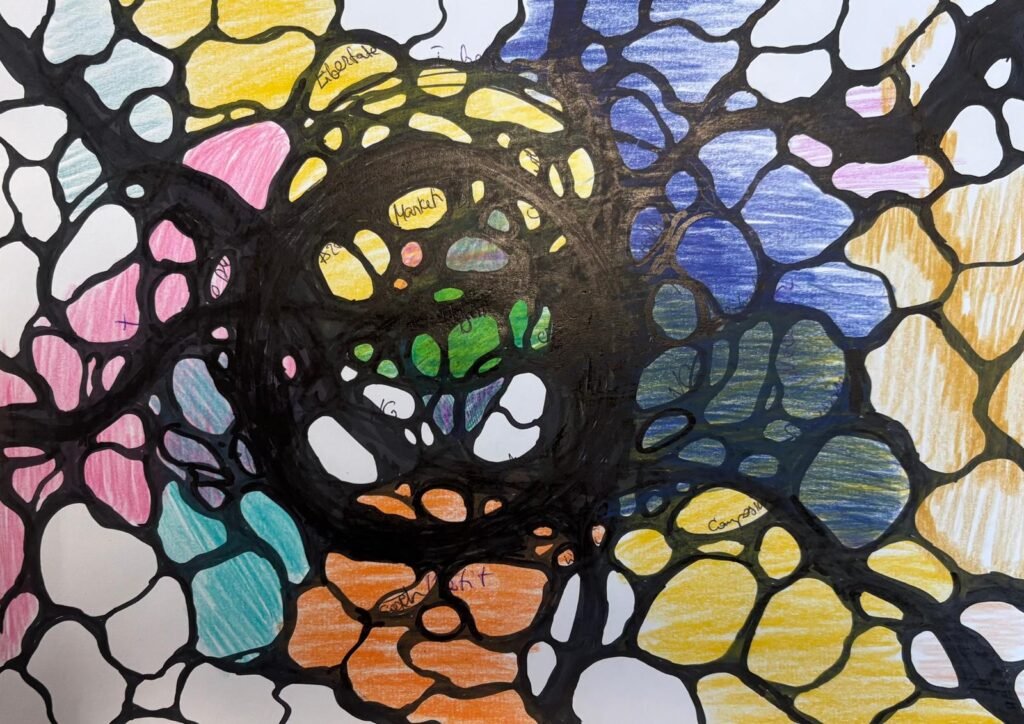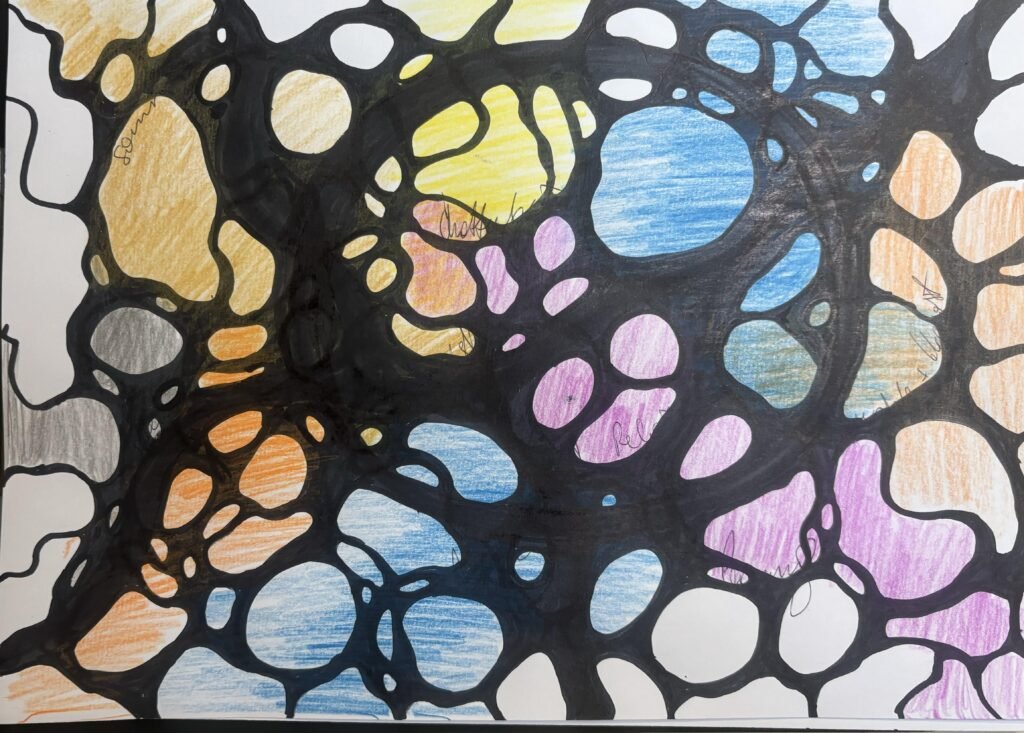Science
The Science Behind Neurographica: Where Art Meets Neuroscience
At ExpansionInk.com, we believe that true transformation begins with understanding. That’s why our Science category is dedicated to exploring the evidence-based foundations of Neurographica—a groundbreaking method that merges art, psychology, and neuroscience into a powerful tool for personal growth.
Developed by Dr. Pavel Piskarev in 2014, Neurographica is rooted in the concept of neuroplasticity—the brain’s innate ability to reorganize itself by forming new neural connections. Through intentional, non-repetitive lines and mindful drawing exercises, this method stimulates neural pathways, offering a tangible way to shift thought patterns, dissolve emotional blocks, and reprogram the subconscious mind.
This category dives deep into how and why Neurographica works. Here, you’ll find articles that unpack the science of mirror neurons, cognitive restructuring, and symbolic processing, along with references to Carl Jung’s theories on the subconscious and archetypes. We connect the dots between abstract drawing and measurable changes in mental and emotional well-being, making it clear that Neurographica is not just creative—it’s deeply cognitive and transformative.
You’ll also discover how concepts from neuroaesthetics, Gestalt therapy, and coaching psychology are integrated into this method, offering a comprehensive framework for those who seek both artistic freedom and scientific grounding.
Whether you’re a practitioner, a skeptic, or a curious mind, the Science section will help you appreciate Neurographica not only as a meditative art form but as a legitimate, research-informed practice that supports mental clarity, emotional regulation, and goal achievement.
By exploring the science behind the method, you empower your practice with knowledge—and deepen your connection to each line you draw.



